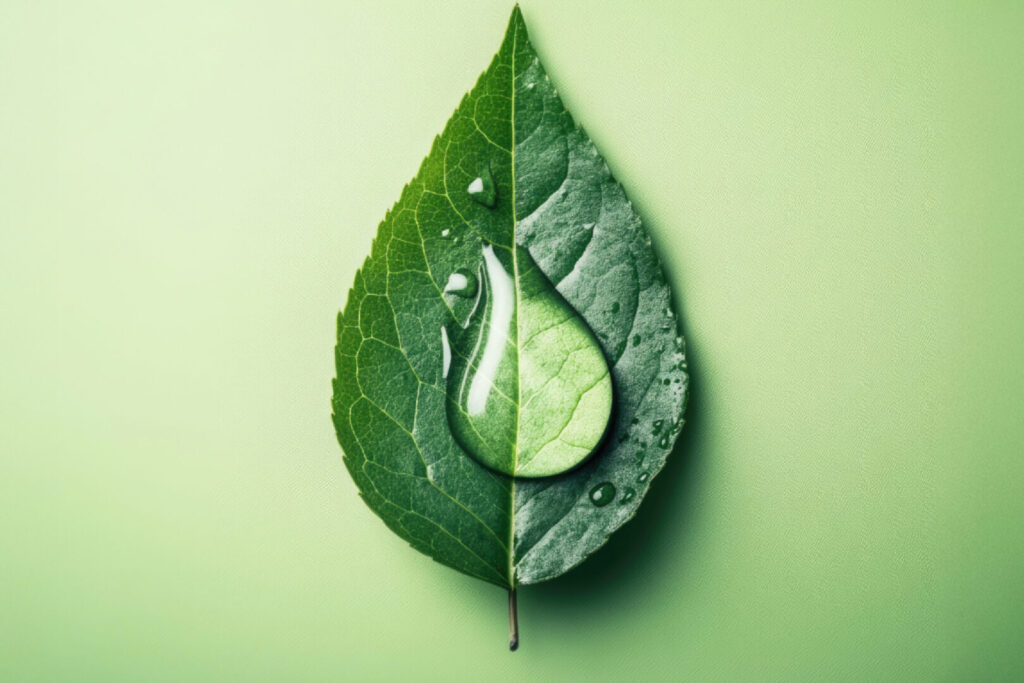Sinaloa lives a water crisis unprecedented. The combination of prolonged droughts, degraded watersheds and a growing demand for water for both the countryside and the cities has placed the state in an extreme situation.
With 11% of national consumption, Sinaloa is the entity that uses the most water in Mexico, and of this volume, 94% is destined for the agriculture, sector that today, paradoxically, is the one most affected by the shortages, he said. Conselva in a report of its journalistic series #EmergencyWater.
The environmental non-profit organization stated that, for the second consecutive agricultural cycle, the lack of water has forced a reduction of at least 30% in the number of hectares planted, causing uncertainty in the sector's investment decisions.
"It is not only agriculture that depends on the water issue, we have to get together with society, with industry, with everyone, to make a real plan, a plan according to each situation. As long as we don't sit down at a table to talk, I will continue to blame the irrigator for throwing water on me three nights," warned Emilio González Gastélum, president of the Association of Irrigation Users and Agricultural Producers of the State of Sinaloa (AURPAES).
According to the Drought Monitor of the CNational Water CommissionAt the end of March 2025, 100% of Sinaloa's territory was facing severe, extreme or exceptional levels of drought. This situation is already impacting water supply in communities in the north and center of the state, where authorities have had to implement rationing measures.
One of the main challenges is the degradation of watersheds.
González Gastélum pointed out that the deforestation and erosion have drastically reduced the storage capacity of the dams such as Sanalona, which today operates at 30 or 40% due to silting.
In addition, it estimates that up to 60% of the water leaving the dams is lost through seepage or evaporation, due to the poor condition of the hydro-agricultural network, which is more than 50 years old.
Against this backdrop, Conselva The implementation of an approach of intelligent hydroclimatic agricultureThe company has developed a new program, which combines sustainable practices with technology to increase productivity and adapt to climate change.
Sandra Guido, executive director of the organization, insists that it is not only a matter of technifying irrigation, but also of protecting the source of water: the watersheds.
The main objectives of this approach are:
- Sustainable increase in productivity, i.e., improving agricultural production and farmers' incomes.
- Adaptation and resilience of agricultural activity by strengthening the capacity of agricultural systems to resist and adapt to the impacts of climate change.
- Reduction of greenhouse gases from agriculture.
The national irrigation modernization and technification plan13.5 billion pesos for the construction of the new districts 075 and 010 in Sinaloa, is an important step, but not enough. González Gastélum insisted on the need to attack the problem "from the top down", first by reforesting the watersheds, then by modernizing the canals and finally by technifying the plots.
Sandra Guido added that the government, the financial sector and the society must promote a new water culture to protect the source of this resource, which is the watershed.
"We need to reactivate the basin's capacity to produce water, at the same time that we improve the efficient management of the water we capture in the dams both in the agricultural sector and in the cities. Only in this way will we be able to ensure water for all," he said.
The challenge is monumental, but not impossible. It requires political will, cooperation between sectors and a long-term strategic vision, because if Sinaloa wants to remain a leader in food production, it must also become a leader in water sustainability.
Source: Conselva


